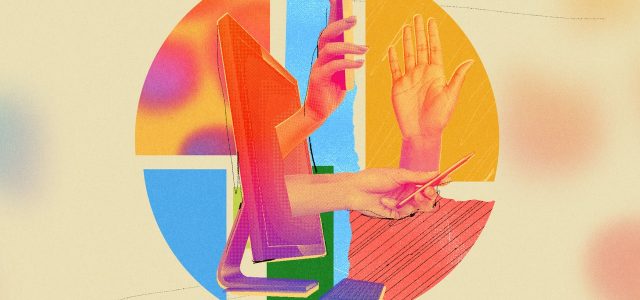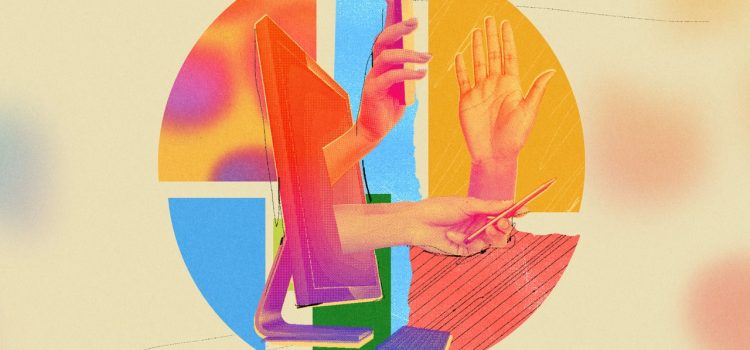


I’ve been in academics for more than 20 years as a member of the physics faculty at Southeastern Louisiana University in Hammond, Louisiana. Here, the department is small enough that all of us get to share in the course load, which is quite nice—it gives me an opportunity to teach a wide range of courses, from physical science (for non-science majors) all the way up to quantum mechanics.
During the first years of the pandemic, everyone in education had to adapt, and most of our activities weren’t conducted in the most ideal environment. At my school, we started off by moving all classes online using Google Meet. (That wasn’t too much fun.) This was supplemented with short lecture videos. (I actually enjoyed making those.) Next, we implemented a hybrid model where some students would be in class and some would be online. (This was terrible.)
While remote learning can have some advantages, as a teacher I noticed that we all picked up some bad habits over the past couple of years. Have you noticed that after a holiday, when you’ve sat around and watched too much football while eating more than you normally would, you might not be at your regular level of fitness? Well, the same thing can happen with learning.
With exercise, you know that after the holidays you have to hit the gym or get outside in order to get back in shape and feel ready to take on the world. With learning, I think it is more about figuring out how to constructively use the technologies that helped us go remote instead of relying on them as a crutch.
Smartphones
It can be shocking to realize how much power we carry around with us all the time. Not only is your phone a very powerful computer, it also has a decent camera and a host of other sensors.
And smart phones often belong in school: It’s possible to use your phone to collect and analyze data. For an experiment, students can use the accelerometers in the phone to measure the distance an elevator travels. Or how about using a long-exposure photo to measure the speed of the International Space Station? You can even solve physics problems by creating Python code right on your phone, or use built-in lidar to create 3D maps of a room.
In larger lecture-style classes, as a first step in class discussions, I have the students use their phones to vote their answers to conceptual questions. (One of my favorites is about the acceleration of a tossed ball at its highest point. A common answer is that since the velocity is zero, the acceleration is also zero—but that’s not true. In fact, if the acceleration was zero at the highest point where the velocity is also zero, the ball would just magically appear to be stationary.)
However, there is one way the students use their phones in class that I think is not always such a good idea: They take pictures of everything. (Admittedly, this has been going on for a while, so it’s not purely pandemic-related.) Now, don’t get me wrong—I also take a lot of pictures. Photos are not just a great way to capture memories of your favorite dog; they can also serve as a reminder of things we need to do, like taking a picture of the grocery list. So what’s the problem with students taking a picture in class of a physics solution or the derivation of an equation?
